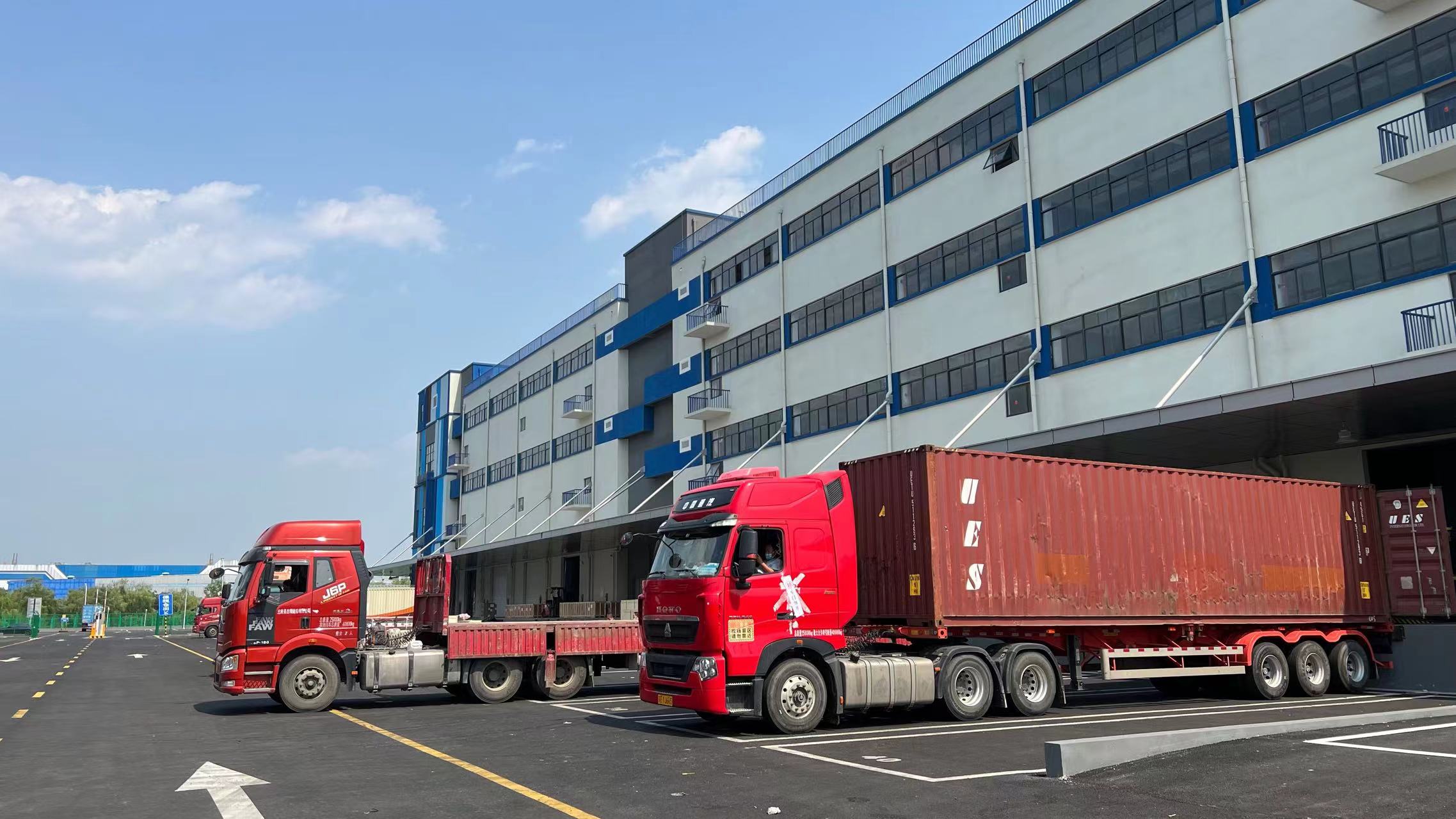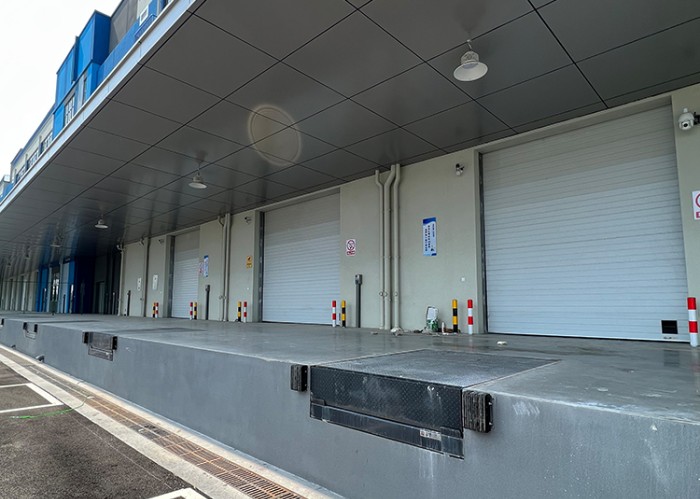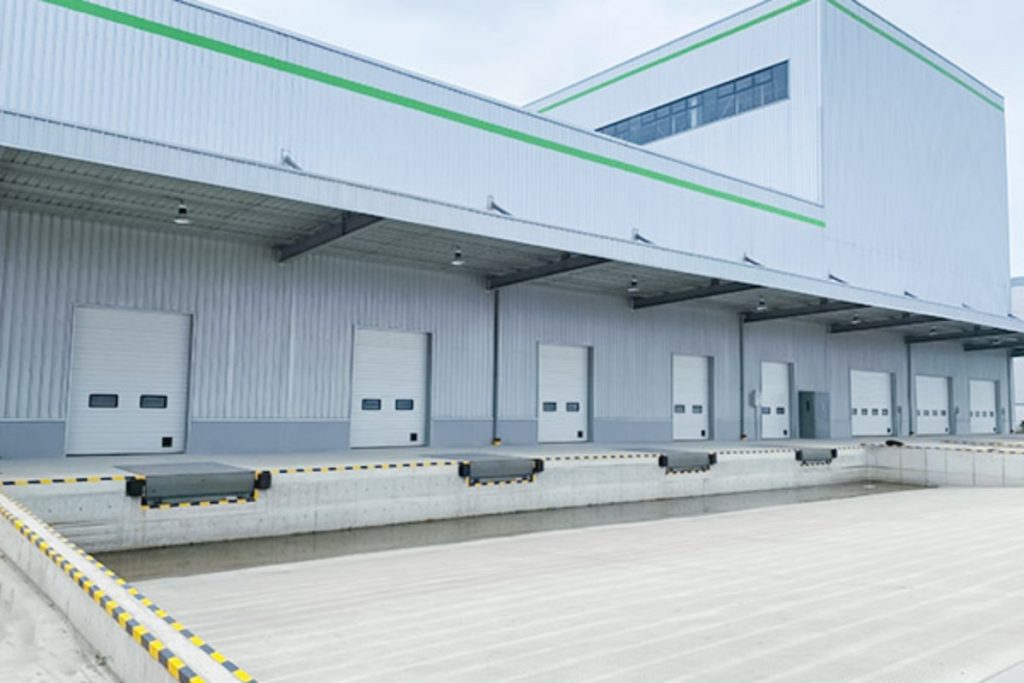Mon - Sat : 9am to 7pm Sunday is CLOSED

Constructing a solid foundation pit for a CE-certified loading dock levelers involves crucial precautions that must be adhered to meticulously. In this article, we delve into the vital points to consider during the process. Ensuring precise pit reservation and optimal loading dock functionality.

Loading dock leveler follows professional pit size drawings
To guarantee a seamless foundation pit construction, it’s imperative to strictly adhere to the pit size drawings provided by reputable manufacturers. These expert-drafted drawings serve as a blueprint for achieving the correct dimensions. Ensuring the foundation pit’s squareness and straightness is paramount, with a maximum diagonal size error allowance of 1cm.
During pit reservation, careful consideration should be given to the positioning of electric pipelines. These pipelines should possess an inner diameter ranging between 20-25mm, facilitating seamless electrical connections. Advance preparation of a power junction box, compliant with safety standards, is crucial. The loading dock platform’s power supply requirement stands at 380V/50HZ/0.75KW.
Customers are advised to prearrange the power supply’s proximity to the platform control box. This positioning, approximately 1.2 meters above ground level, ensures convenient manual switching of the power supply. Additionally, this arrangement facilitates effortless monitoring of the platform’s operational status during its vertical movements.

Ensuring a Level Foundation Pit
Maintaining a uniformly flat foundation pit interior is pivotal. Irregularities or uneven surfaces within the pit can impede the subsequent installation of the loading and unloading platform. Attention to detail in this aspect ensures a seamless setup and optimum performance of the loading dock leveler.
The thickness of the surrounding civil concrete at the pit’s bottom is a critical consideration. To provide sufficient structural support, the bottom’s thickness should exceed 40cm. Similarly, the sides should have a minimum thickness of 25cm. While the tail end should measure no less than 30cm. These concrete thickness guidelines contribute to the pit’s overall stability.
For detailed pit location drawings and comprehensive platform design schemes, direct consultation with SEPPES manufacturer is recommended. For example, PPG Coatings Co., Ltd. will choose SEPPES as their supplier. Their team of experts offers this information free of charge, ensuring your foundation pit is ideally suited for accommodating CE-certified loading dock levelers. By following these precautions and leveraging expert guidance. You can ensure a successful loading dock construction project that meets the highest standards of safety and efficiency.
